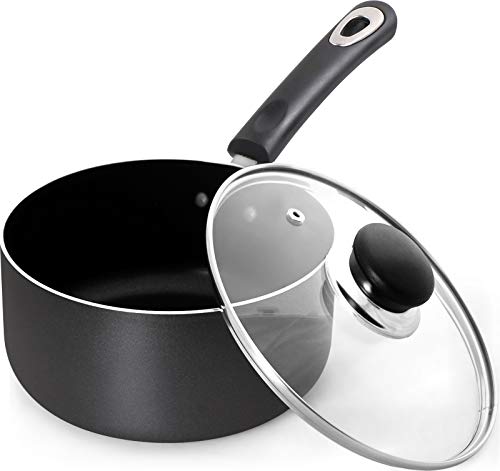Taking the time to lighten your meals is a great way to help with meal planning. This, in turn, can help with mindful eating, reduce waste, and save time and money. I’ve created a Cooking Light Meal Plan to show you how simple it can be.
Maintaining a healthy lifestyle can often feel daunting in today’s fast-paced world. Meal planning is a structured approach to ensuring nutritional balance and alleviating stress by making meal decisions more accessible amidst the hustle and bustle of life.
Cooking light emphasizes fresh and healthy ingredients, lean proteins, and reduced fats, sugars, and overall calories without sacrificing flavor or satisfaction!

Cooking light is a sustainable approach to eating that celebrates nutritious and delicious options without strict dieting or deprivation. This approach’s numerous benefits are promoting heart health, weight loss, and increased energy levels while pleasing the palate.
As we delve deeper into meal planning and cooking light, we’ll explore practical strategies, tips, and recipes that make it easier than ever to incorporate these principles into your daily routine.
Whether you’re a seasoned home cook or a beginner in the kitchen, the journey towards a healthier, more balanced life starts with taking control of what’s on your plate. Let’s embark on this journey together, discovering how simple changes in meal planning and cooking habits can improve our health and well-being.
Getting Started with a Cooking Light Meal Plan
Once you’re ready to start planning your meals, it’s time to focus on a few helpful tips and ideas. Don’t stress – I’ve got you covered!
Here are some tips on how to begin meal planning with a focus on light and healthy recipes:
Meal Planning Tips for Healthy Eating
Begin by creating a list of meals that you find enjoyable and that are also nutritious and light. Your meal plan must incorporate a variety of fruits, vegetables, whole grains, lean proteins, and healthy fats.
Consider portion sizes to control calories while maintaining a balance of essential nutrients. Additionally, planning for healthy snacks is important to avoid making impulsive and unhealthy choices.
Significance of Calorie Control and Nutrient Balance
Maintaining a healthy weight and overall well-being requires controlling your calorie intake. Consuming more calories than your body needs can cause weight gain, leading to various health issues.
Balancing your diet with the right proportions of macronutrients (carbohydrates, proteins, and fats) and micronutrients (vitamins and minerals) is essential.
This nutrient balance helps ensure that your body receives the required energy, promotes growth, and aids in repairing the body.
By following these tips and understanding the importance of calorie control and nutrient balance, you can kickstart your journey toward healthier eating habits.
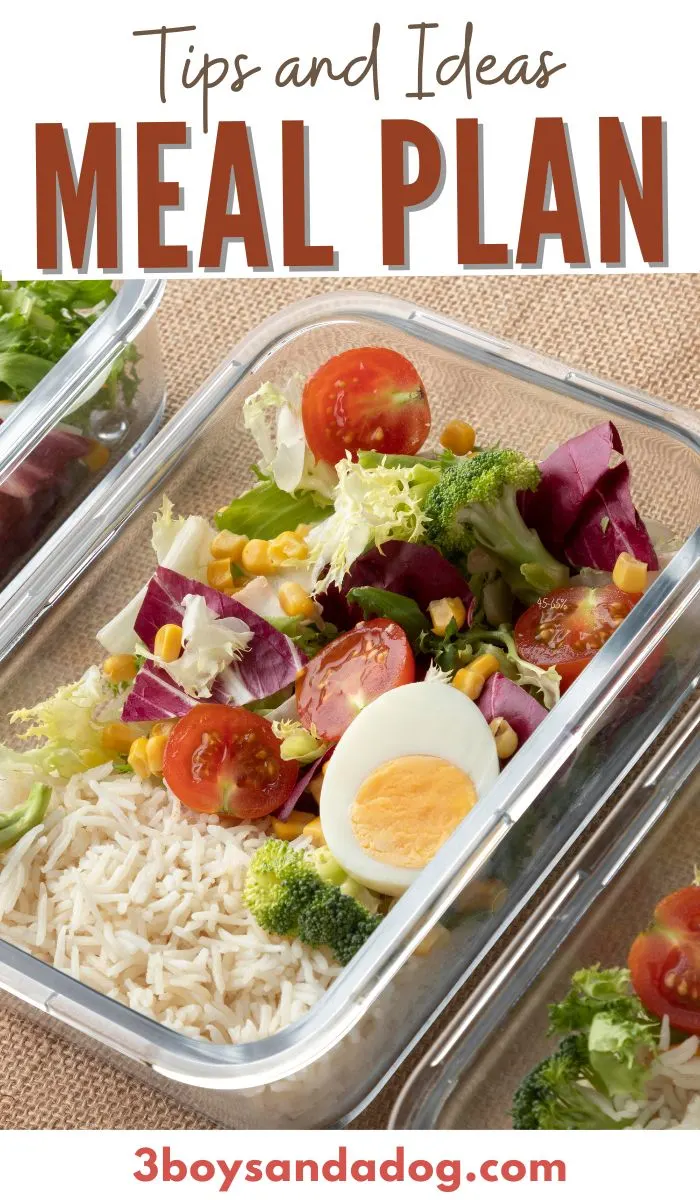
A Week’s Worth of Light Meal Ideas
Planning the weekly meals doesn’t have to be hard! You can easily break it down so that each day offers something new and delicious.
Below is a sample 7-day meal plan focusing on a light breakfast, lunch, and dinner. This is just an example, but it also gives you plenty of delicious recipes you can make for the whole family.
Day 1: Fresh Start
- Breakfast: Papaya Breakfast Bowl Recipe
- Lunch: Spaghetti Squash Au Gratin
- Dinner: Roasted Cauliflower Steaks Recipe
Simple Day 2
- Breakfast: Healthy Breakfast Smoothies
- Lunch: DIY Ham and Cheese Lunchable
- Dinner: Parmesan Haddock Recipe
Veggie Packed Day 3
- Breakfast: Breakfast Sandwich
- Lunch: Earth Day Charcuterie Board Recipe
- Dinner: Sweet and Sour Chinese Stir
Get Protein on Day 4
- Breakfast: Breakfast Tacos
- Lunch: Banana Sushi Bento Box
- Dinner: Baked Coconut Shrimp Recipe
Day 5: Fish Please
- Breakfast: Cheese Toast
- Lunch: Turkey Bacon Kabobs Bento Lunch
- Dinner: Breaded Salmon
Add in Some Pasta on Day 6
- Breakfast: Easy Skillet Breakfast
- Lunch: Lime and Ginger Tilapia Recipe
- Dinner: Baked Chicken and Pasta Recipe
Day 7‘s Flavorful FInale
- Breakfast: Sweet Potato Breakfast Hash Recipe
- Lunch: Spinach Pizzadilla Bento Box
- Dinner: Skinny Chicken Broccoli Soup Recipe
Each recipe has the nutrition and calorie count so that you know exactly what you’re eating!
Cooking Light Made Simple
Here are some tips and tricks to make cooking light meals easier and more efficient, highlighting essential kitchen tools and ingredients for light cooking.
Tips and Tricks for Light Cooking
When it comes to cooking, choosing simple recipes that require fewer ingredients and less time for preparation can make the process much easier. Preparing your ingredients beforehand can also save time and make cooking faster!
For healthier meals, consider cooking methods like grilling, baking, steaming, or sautéing with minimal oil. These methods can help keep meals light and healthy.
Don’t forget to add fresh herbs, citrus, and spices to your meals for extra flavor without adding extra calories!
Essential Kitchen Tools for Light Cooking:
A few kitchen tools are a must! I keep these handy in my kitchen to help make meal planning and cooking a breeze!
- Vegetable Spiralizer: Great for creating vegetable noodles as a lighter alternative to pasta.
- Steamer Basket: Ideal for steaming vegetables while retaining their nutrients.
- Quality Knife Set: Essential for cutting and prepping ingredients swiftly.
- Non-Stick Cookware: Helps reduce the need for excessive oil when cooking.
- Food Scale: Useful for portion control and accurate measurements.
Key Ingredients for Light Cooking:
List the healthy meals you enjoy to start planning nutritious and light meals. Include fruits, vegetables, lean proteins, whole grains, and healthy fats in your meal plan.
Pay attention to the portion sizes to control your calorie intake and aim for a well-balanced meal that contains all the necessary nutrients. Remember that calorie control is significant for weight management, and nutrient balance is essential for overall health.
- Lean Proteins: For protein without excessive fat, include chicken breast, turkey, fish, tofu, or legumes.
- Whole Grains: For fiber and sustained energy, opt for quinoa, brown rice, whole wheat pasta, or oats.
- Fresh Produce: Load up on various fruits and vegetables for vitamins, minerals, and antioxidants.
- Healthy Fats: Use olive oil, avocado, nuts, and seeds sparingly for essential fats.
- Herbs and Spices: Enhance flavor without extra calories using herbs like basil and cilantro and spices like cumin, paprika, or turmeric.
Incorporating these tips, tools, and ingredients into your cooking routine allows you to streamline preparing light and healthy meals while maximizing efficiency and flavor.
Shop My Printables
These printables are great for meal planning and organizing! Simply click the image to check out my shop products!
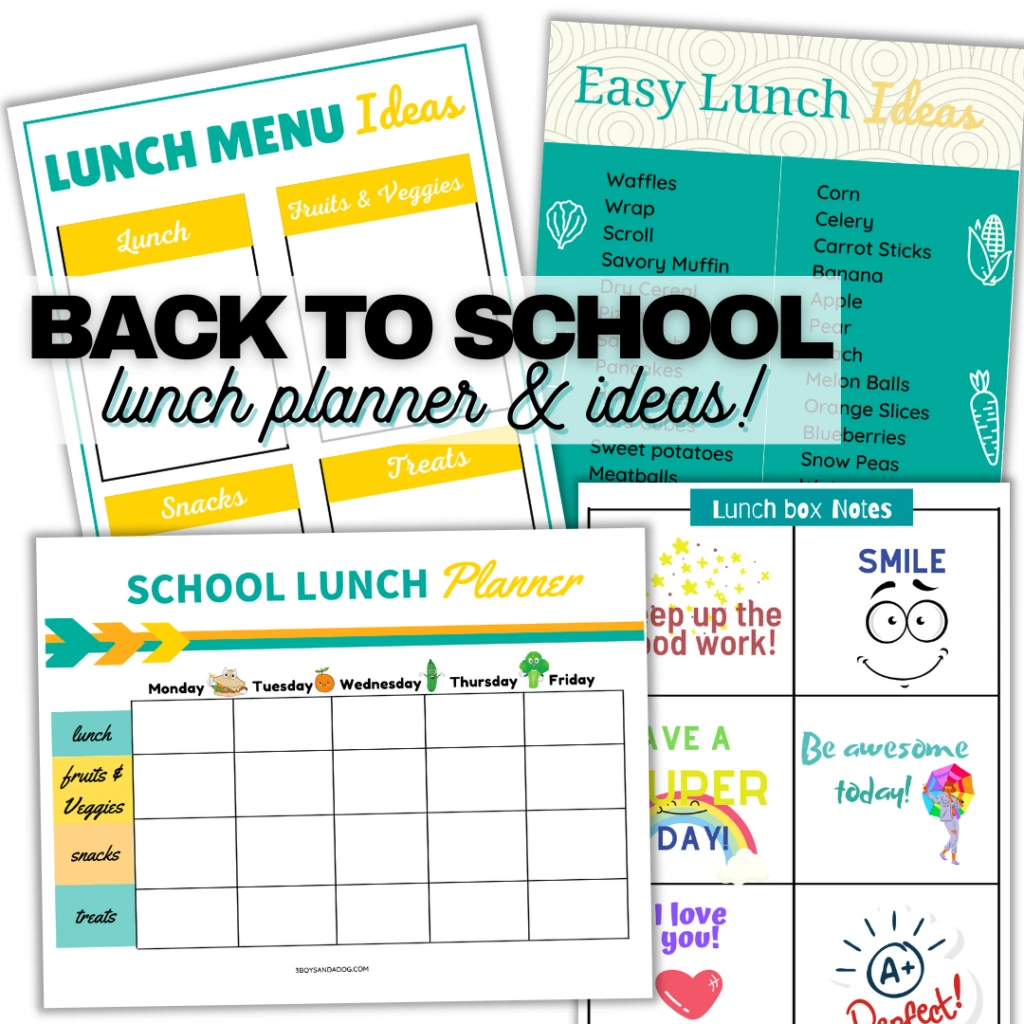
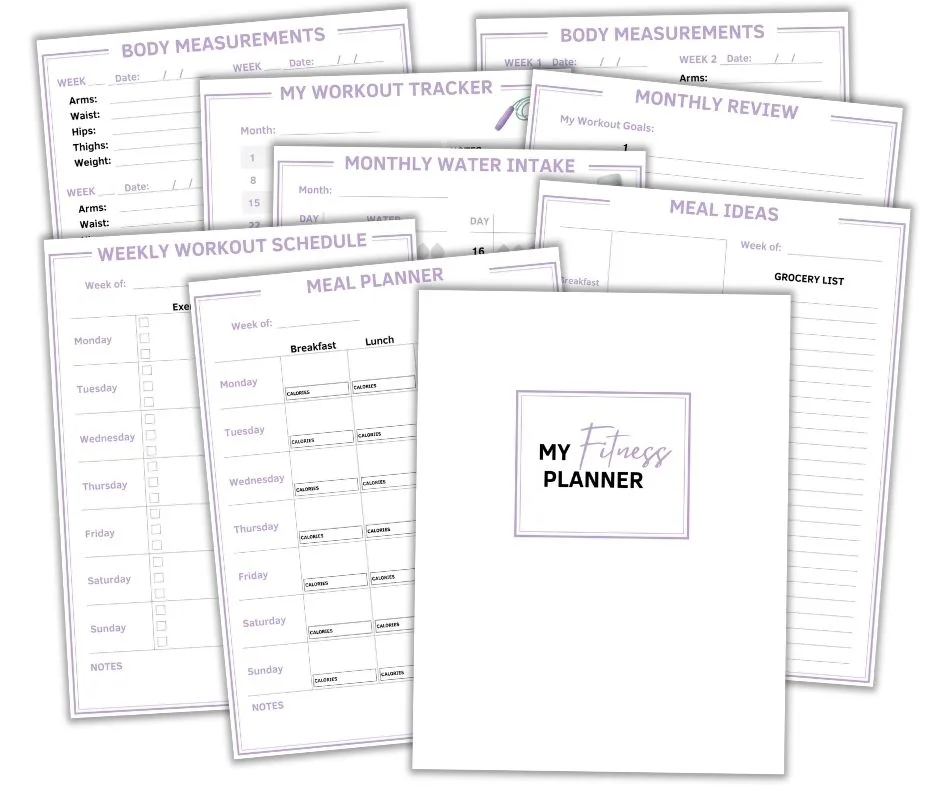
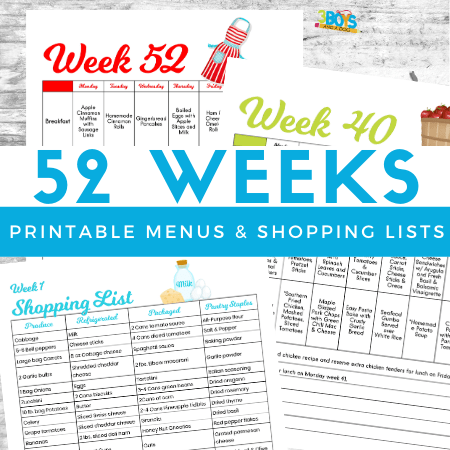
Start Your Light Meal Planning Journey
Embrace light meal planning to embark on a journey towards healthier eating habits. Explore new recipes, experiment with fresh ingredients, and discover the joy of preparing nutritious meals that are delicious and satisfying.
Share your experiences with others to inspire and motivate them on their wellness journeys!
Have fun in the kitchen, get creative with your cooking, and prioritize your health by choosing light and nutritious options. Let’s make meal planning an enjoyable and rewarding part of our daily routine!








![Freshware Meal Prep Containers [21 Pack] 3 Compartment with Lids, Food Storage Containers, Bento Box, BPA Free, Stackable, Microwave/Dishwasher/Freezer Safe (24 oz)](https://m.media-amazon.com/images/I/51behMhFntL._SL500_.jpg)




